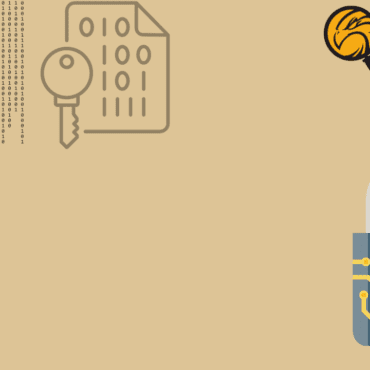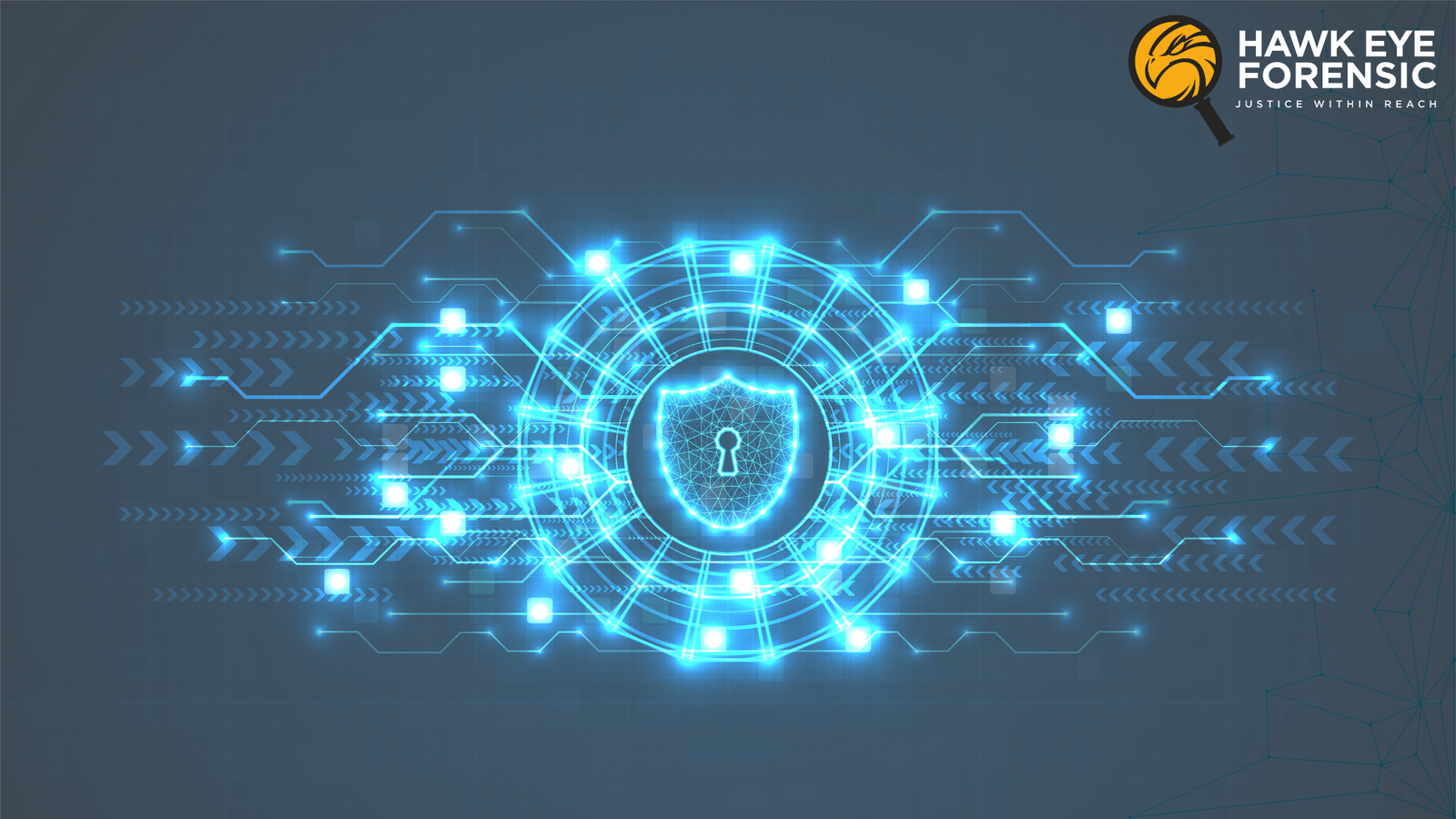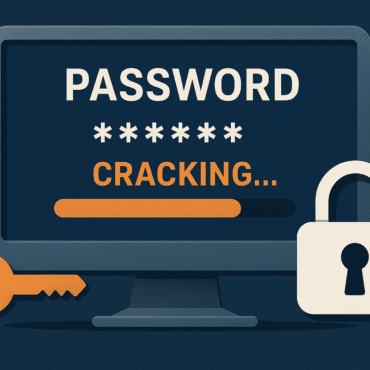Understanding Network Forensics
Network forensics can be described as the process of capturing, recording, and examining network events to uncover the origin of security breaches or any malicious activities. Unlike conventional digital forensics, which focuses on scrutinizing individual devices such as computers and mobile phones, network forensics specifically deals with analyzing the traffic circulating through computer networks. This involves inspecting network packets, logs, and other data sources to reconstruct the series of events leading up to and following a security incident.
Methodologies and Techniques
- Packet Capture and Analysis
At the core of network forensics lies the practice of packet capture and analysis. This entails intercepting and storing data packets as they move through the network, capturing crucial details such as source and destination IP addresses, used protocols, timestamps, and payload contents. Tools like Wireshark and tcpdump are commonly utilized for packet capture, providing analysts with an intricate overview of network traffic.
In addition to packet capture, network forensic investigations often rely on examining logs produced by network devices, servers, and applications. These logs contain valuable insights into system activities, user interactions, and potential security incidents. By carefully analyzing log files, analysts can detect irregularities, unauthorized access attempts, and other suspicious behaviors indicative of a security breach.
- Network Traffic Reconstruction
Network forensic analysts reconstruct the sequence of events related to a security incident by assembling fragmented data obtained from various sources. This process involves correlating timestamps, inspecting packet payloads, and identifying communication patterns between network hosts. Through meticulous reconstruction, analysts can glean insights into the strategies and tactics employed by attackers, empowering organizations to enhance their defenses and prevent future breaches.
Types of Tools Available
Various cyber forensic tools are available for network forensics, gathering data from diverse sources such as routers, switches, and servers. Below are some of these tools:
- Packet capture tools: These tools capture and archive network data for subsequent analysis. Notable examples comprise Wireshark, TCPDump.
- Full-packet capture tools: As the name suggests, these tools capture and retain all data flowing through a network interface. Noteworthy instances include NetWitness Investigator and RSA NetWitness Platform.
- Log analysis tools: Splunk, ELK Stack, and Graylog help analyze log files from devices on the network.
- NetFlow analysis tools: These tools examine NetFlow data to detect traffic patterns and irregularities. Examples include SolarWinds NetFlow Traffic Analyzer and ManageEngine NetFlow Analyzer.
- SIEM tools: These platforms offer a centralized perspective of log data from various network devices. Prominent instances encompass Splunk Enterprise Security and IBM QRadar .
- Digital forensics platforms: RSA NetWitness Platform and Splunk Enterprise Security, among others, furnish comprehensive solutions for network forensics, including data collection, analysis, and reporting.
- Intrusion detection system tools: These tools identify and notify about suspicious activities on the network.
Significance in Cybersecurity
The importance of network forensics in cybersecurity cannot be overstated. In an era marked by incessant cyber threats ranging from ransomware attacks to data breaches, the ability to swiftly and accurately investigate network incidents is indispensable. Network forensics not only aids in identifying the perpetrators behind cyber attacks but also helps organizations understand the extent of damage incurred, assess the effectiveness of existing security measures, and formulate strategies to mitigate future risks.
Challenges and Future Trends
Despite its critical role in cybersecurity, network forensics encounters several challenges, including the vast volume of network traffic, data encryption, and the emergence of sophisticated evasion techniques employed by cybercriminals. Furthermore, as networks continue to evolve with advancements like 5G and the Internet of Things (IoT), the complexity of forensic investigations is expected to escalate significantly.
However, amidst these challenges lie opportunities for innovation and progress. Machine learning algorithms and artificial intelligence hold promise in automating certain aspects of network forensics, enabling analysts to process large datasets more efficiently and identify subtle indicators of malicious activity. Moreover, collaboration among industry stakeholders, academia, and law enforcement agencies is crucial in establishing standardized frameworks and best practices for conducting network forensic investigations.
Conclusion
In an era characterized by digital interconnectedness, network forensics serves as a critical defense against the growing threat of cyber attacks. By unraveling the complex web of network traffic, analyzing data packets, and reconstructing digital footprints, network forensic analysts play a pivotal role in upholding the integrity and security of cyberspace. As organizations navigate the ever-evolving landscape of cyber threats, investing in robust network forensic capabilities remains imperative to mitigate risks and ensure resilience in the face of adversarial challenges.





Post comments (0)